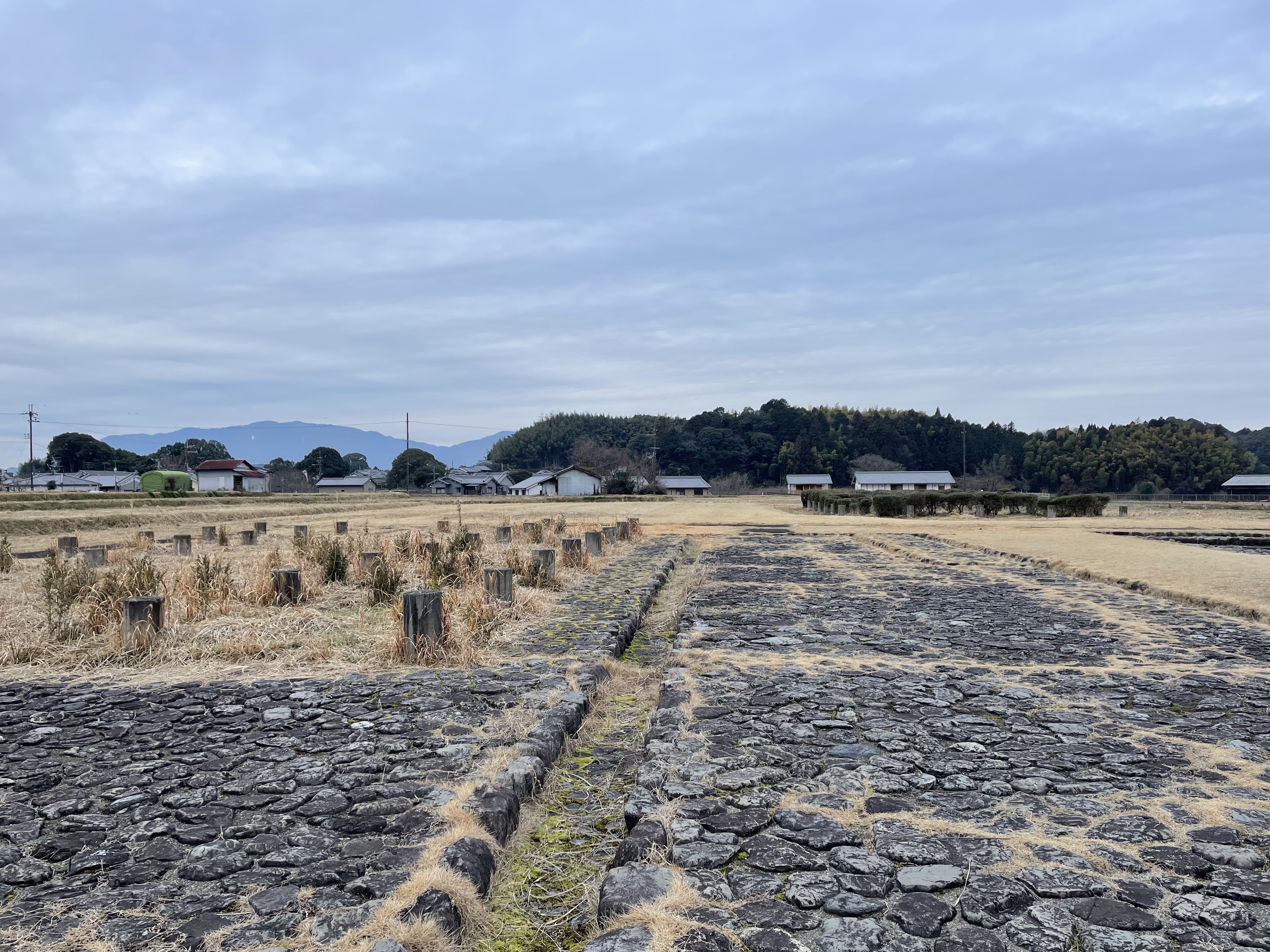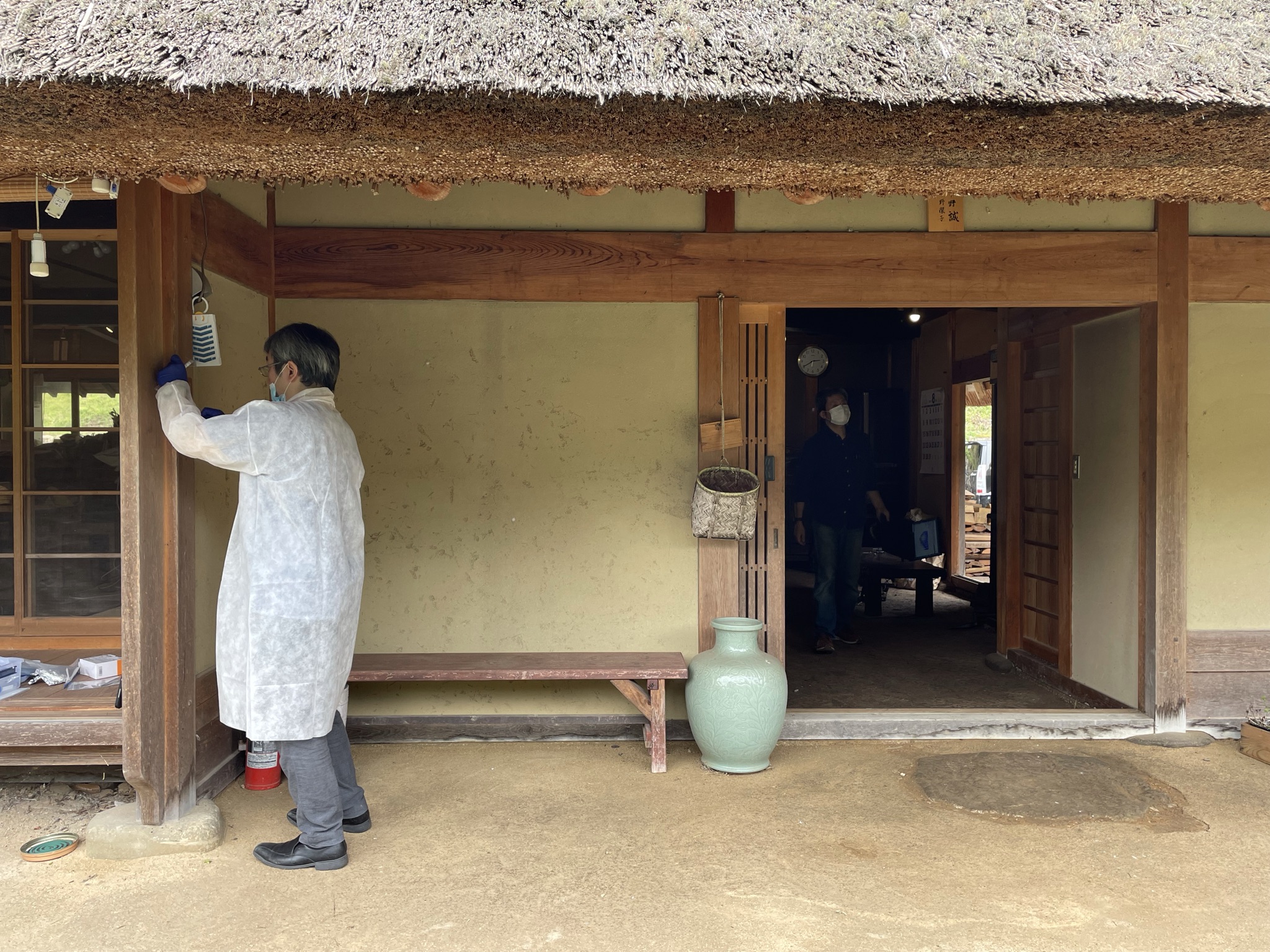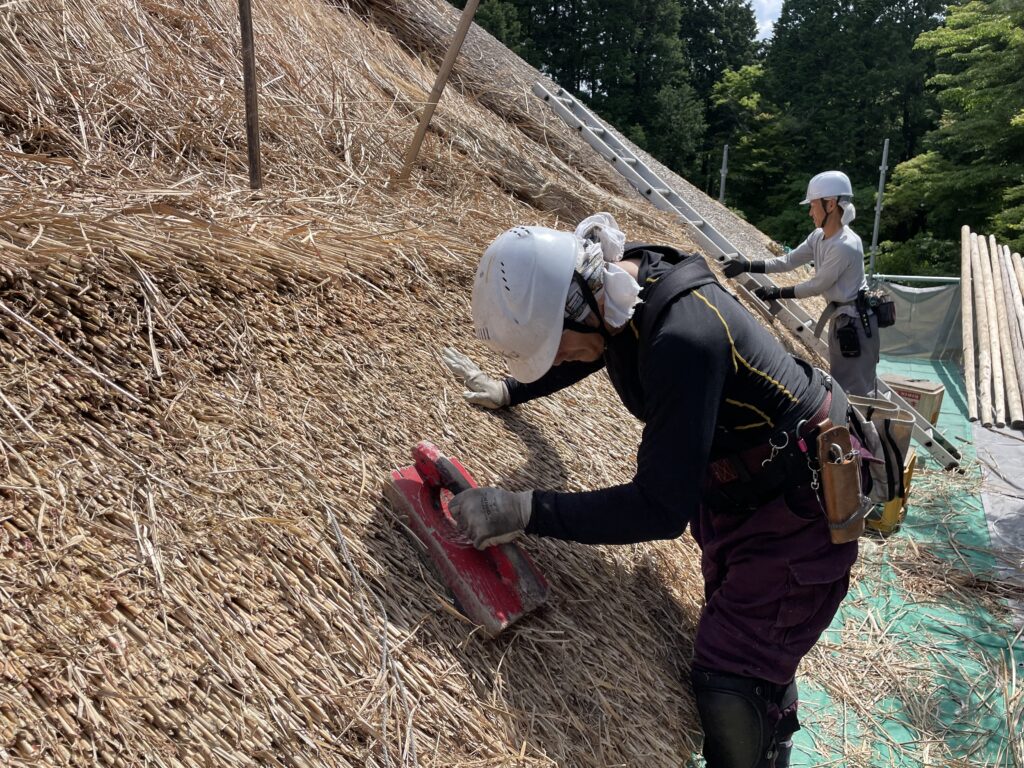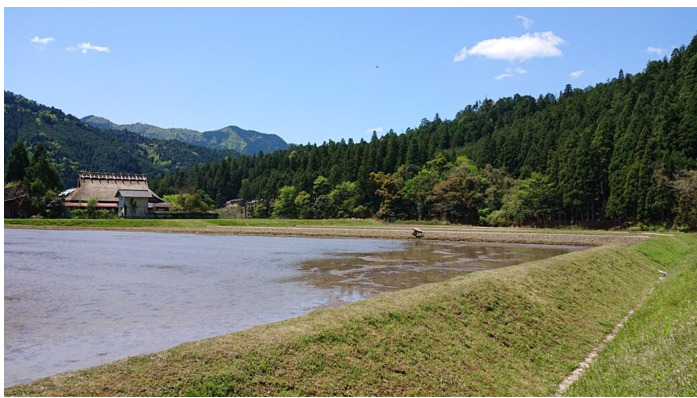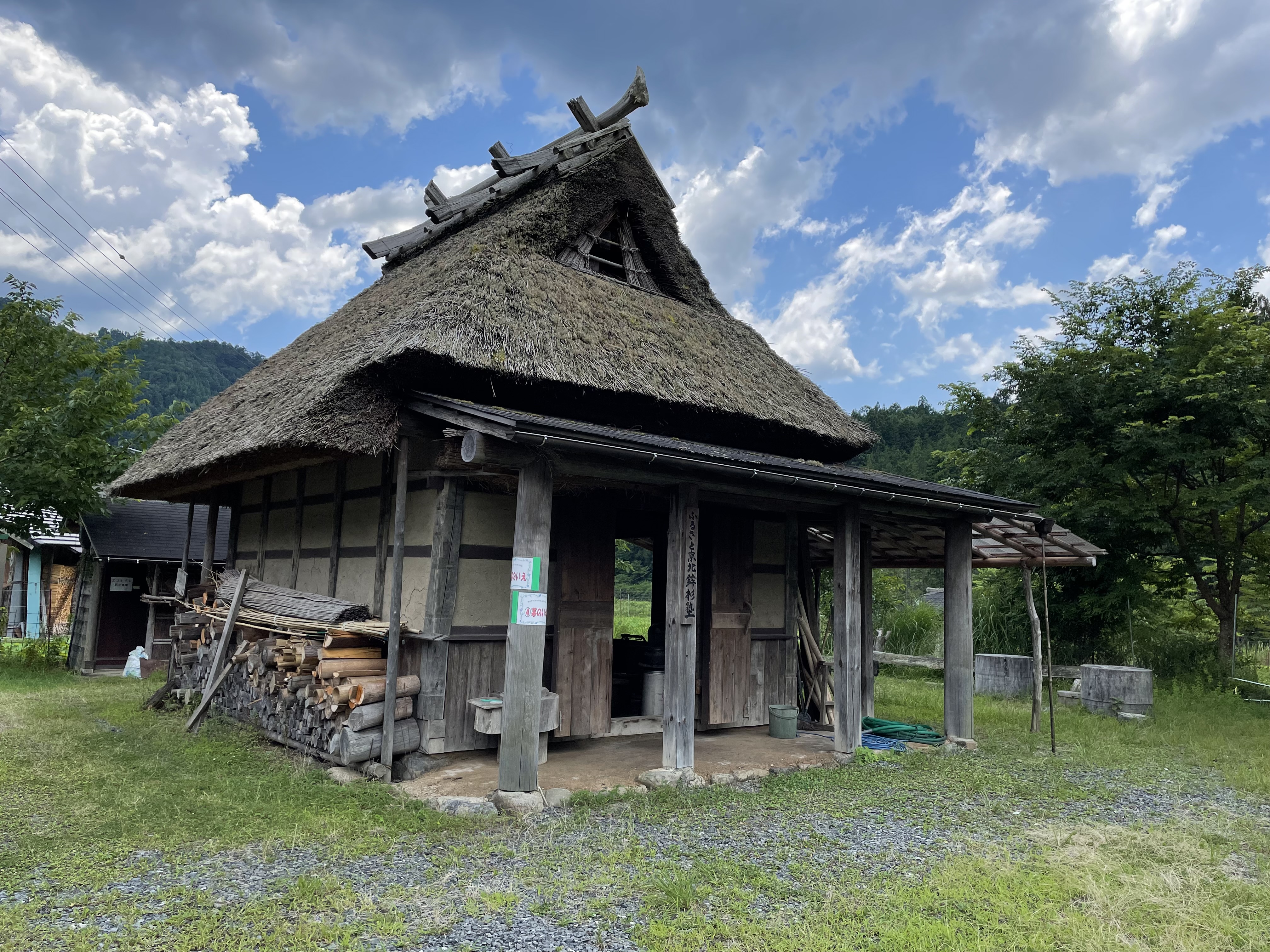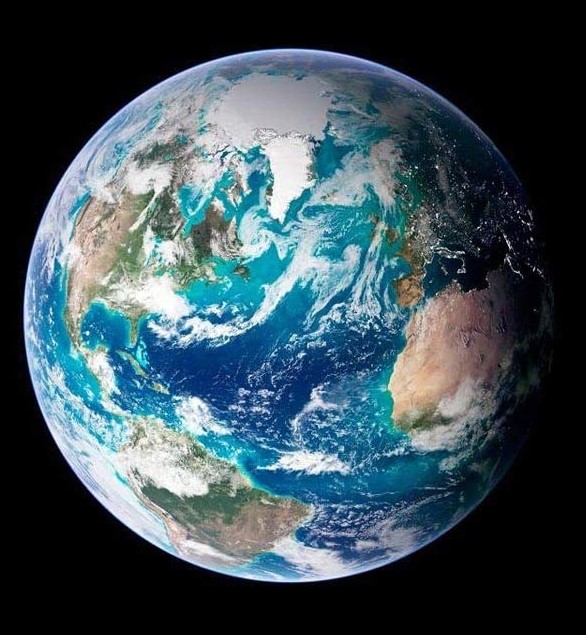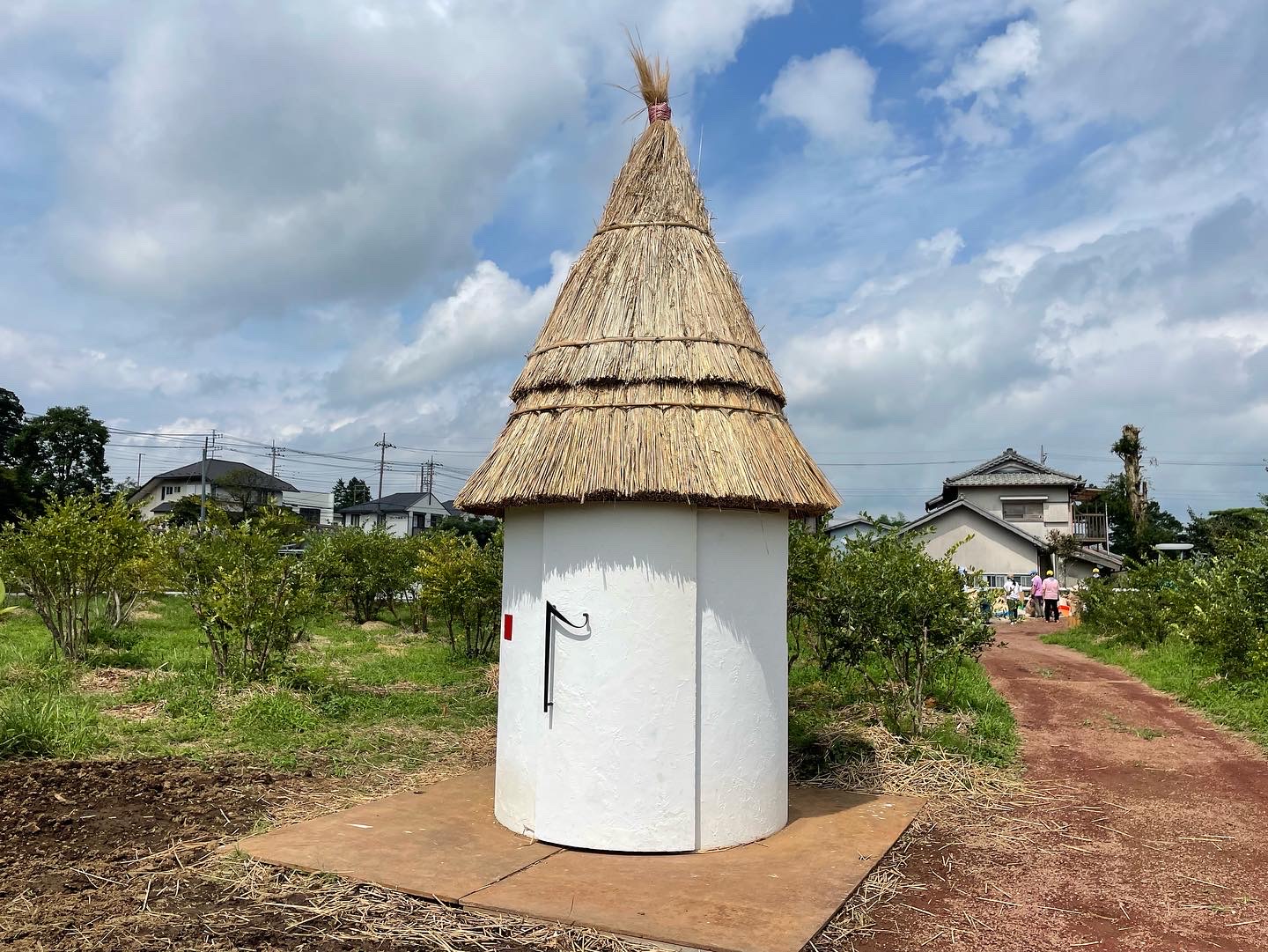The example of the transferrable city in the history of Japan
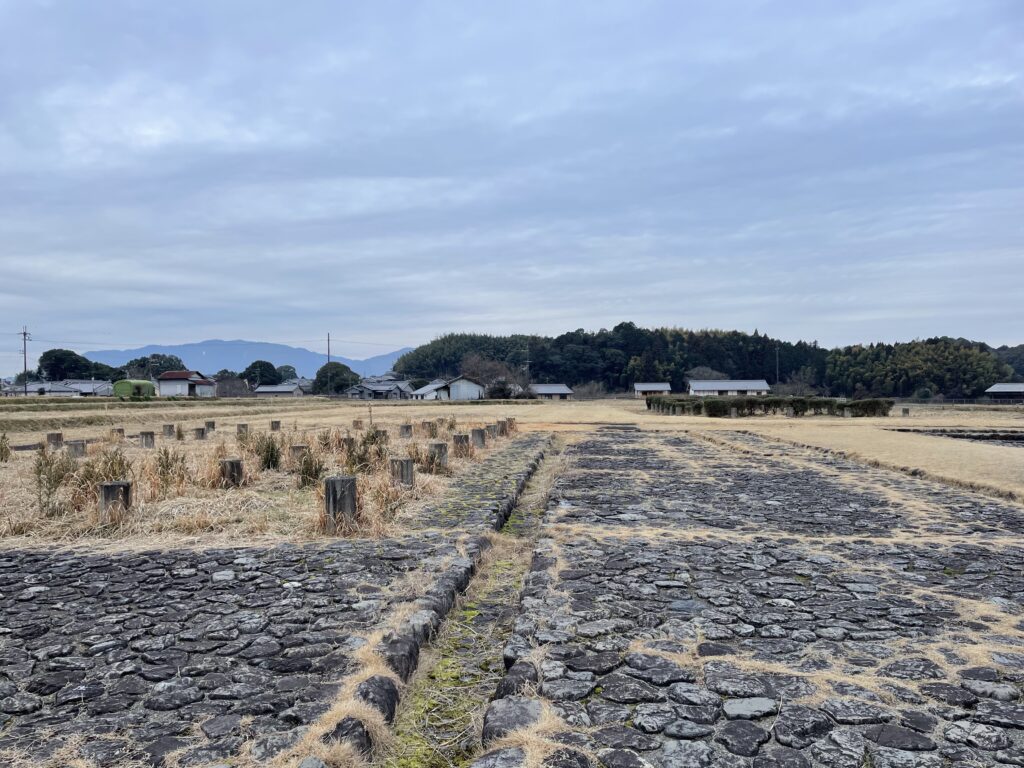
Fujiwara-kyo (694-710)
The Fujiwara-kyo was the Imperial capital in Japan in the late of 7th century and first capital built in a grid pattern system according to Chinese capitals in order to demonstrate that Japan was an independent country externally after the Battle of Baekgang (663). The city area was roughly at least 25 km2, much larger than previous capitals in Asuka and even larger than the later Heijo-kyo, Nara and Heian-kyo, Kyoto. Buildings in this capital were the first palace structures in Japan to have a tile roof in the Chinese style.
The slope of the land and its location led to deteriorating sanitary conditions and epidemics, leading Fujiwara no Fuhito to decide to build the Heijo-kyo Capital. However, as the capital was changed every time the Emperor’s generation changed in the period before the construction of the Fujiwara-kyo, there was no wood left in the Nara Basin for the construction of a new capital, and the mountains were bald. Therefore, timber for the construction of the Fujiwara Capital was finally transported from Mount Tanakami, about 50 km away, using four rivers and land transport. As there was no wood left for the construction of Heijo-kyo, almost all the buildings of Fujiwara-kyo were dismantled and relocated to be used for Heijo-kyo.
Archaeological excavations began in 1934 but until that time nobody knew the exact place of this capital because most of buildings were transferred to next capital, Heijo-kyo, Nara, and this area had returned to nature and used as rice and vegetable fields.
The capital was built at a time when many things overlapped with modern times, such as deforestation, environmental destruction, epidemics, war, and so on but considering that none of the concrete buildings that make up modern cities can be transferred to other cities, the capital and its architecture 1,300 years ago can be said to be the most advanced state-of-the-art state of architecture and city in the world.
About traditional and modern architecture and cities
Modern architecture using steel, glass, concrete and chemical materials is cheaper, quicker to build, more flexible in design, offers a variety of functionalities and has revolutionised the possibilities of architecture, from huge structures to small buildings. However, traditional architecture can create a sustainable and healthy environment in harmony with nature for the future, something that modern architecture could have not made.
Regreen has been researching the contemporary possibilities of traditional architecture and cities in Japan.
Comparison between modern way and traditional way in architecture and urban design
Modern architecture and urban design
・Composed of buildings made of artificial materials that unknown how they are mined or produced in the distance.
・Often leads to the destruction of nature.
・Transported from the place of production to the construction site by great energy and expense.
・They are covered up so that citizens cannot see them when they are built, and they are built with machines that emit loud noise (in most cases, low frequency opposite of hypersonic sound) and expend a great deal of energy (If the city becomes uninhabitable for some reason, it will become a huge waste).
・They are demolished with a lot of energy.
・Buildings end up in a closed cycle or a waste product and are not returned to nature, but often ends up destroying nature.
Traditional architecture and city
・The architecture consists of natural materials (wood, soil, thatch, bamboo and other plants) carefully grown in the surrounding area.
・The process of growing the materials nurtures many other life forms such as trees, plants, flowers, insects, birds, mammals and reptiles, creating a large natural cycle from forests to rivers and oceans, and returning the benefits to people in the form of food, resources, etc.
・Most of works to build traditional buildings by traditional way, they emit hypersonic sound and it contribute for health of people.
・The life span is from several hundred to more than a thousand years (Horyu-ji Temple is more than 1,300 years old).
・The final use of the material is either for the next building, or the material that can no longer be used as building material is returned to nature as fertilizer or fuel (firewood), which has a positive effect on nature.
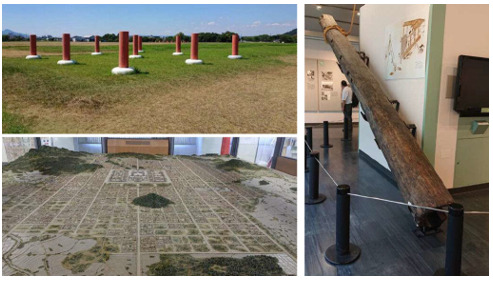
Building Transferrable Cities with Regreen
At Regreen, we believe that building cities that can be easily transferred to other locations is key to achieving a sustainable future in the time of climate change. Through our comprehensive consulting services, we work with clients to design and build cities that prioritize environmental conservation and harmony with nature. Our experts in land planning, urban design, architecture, landscape, and product design collaborate to create cities that are not only functional but also beautiful and livable. We believe that the key to building successful transferrable cities is to embrace innovation and constantly challenge the status quo. Join us in creating a better future for generations to come.
For detail information about this research and proposal, please feel free to contact us.
